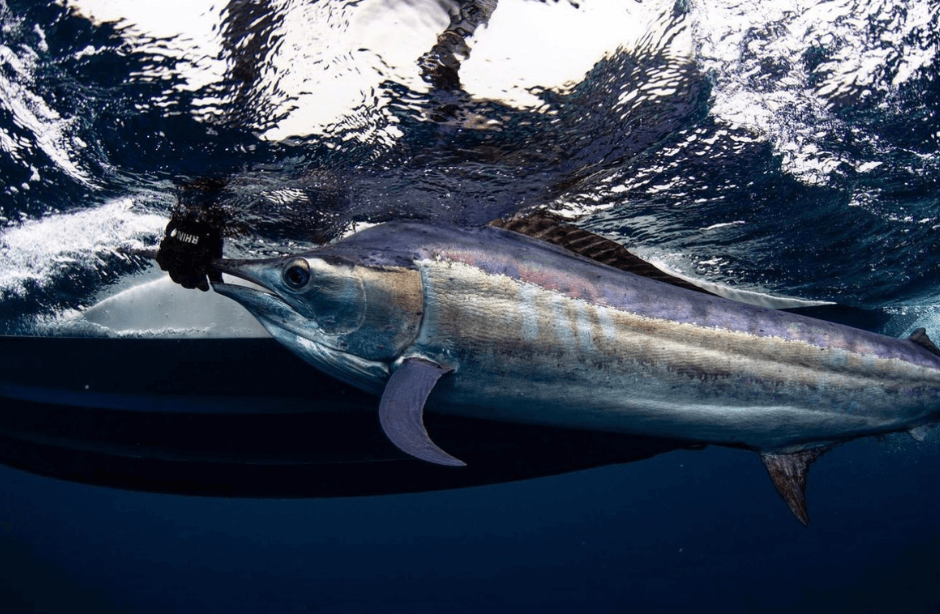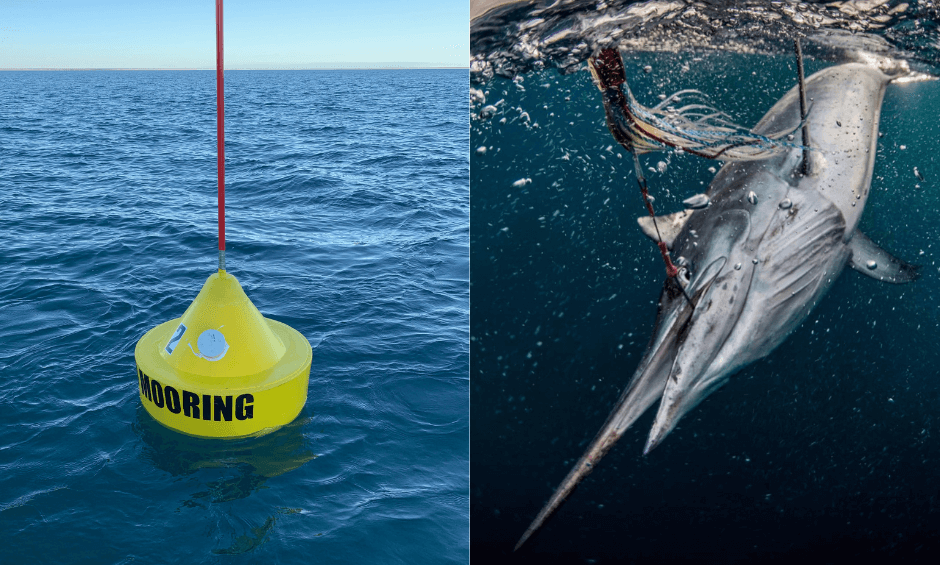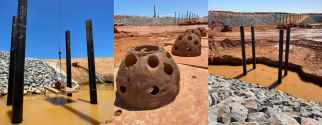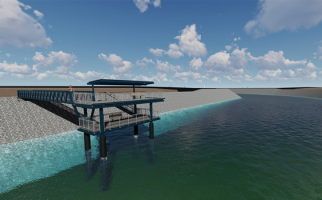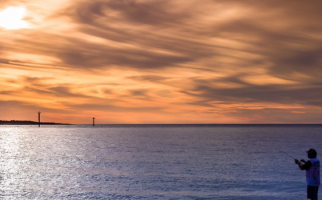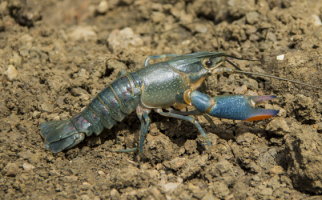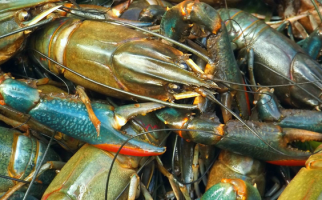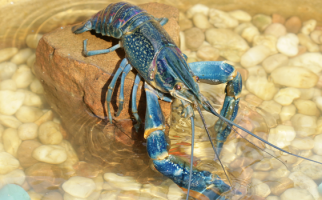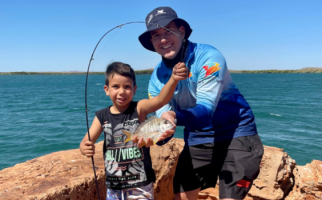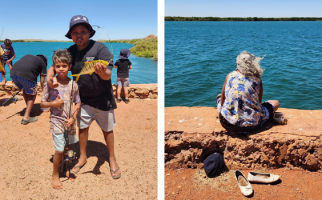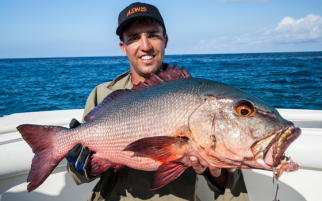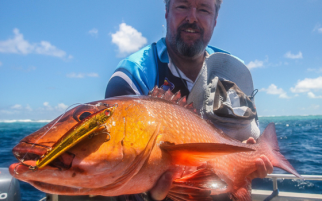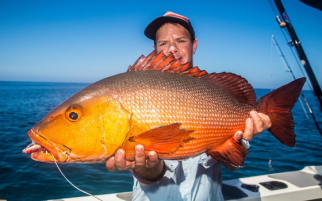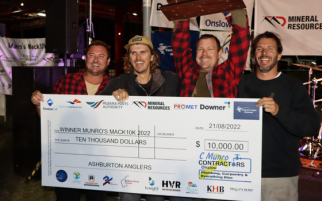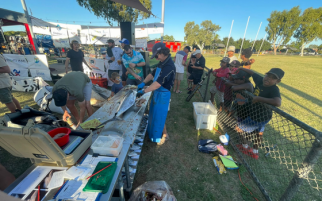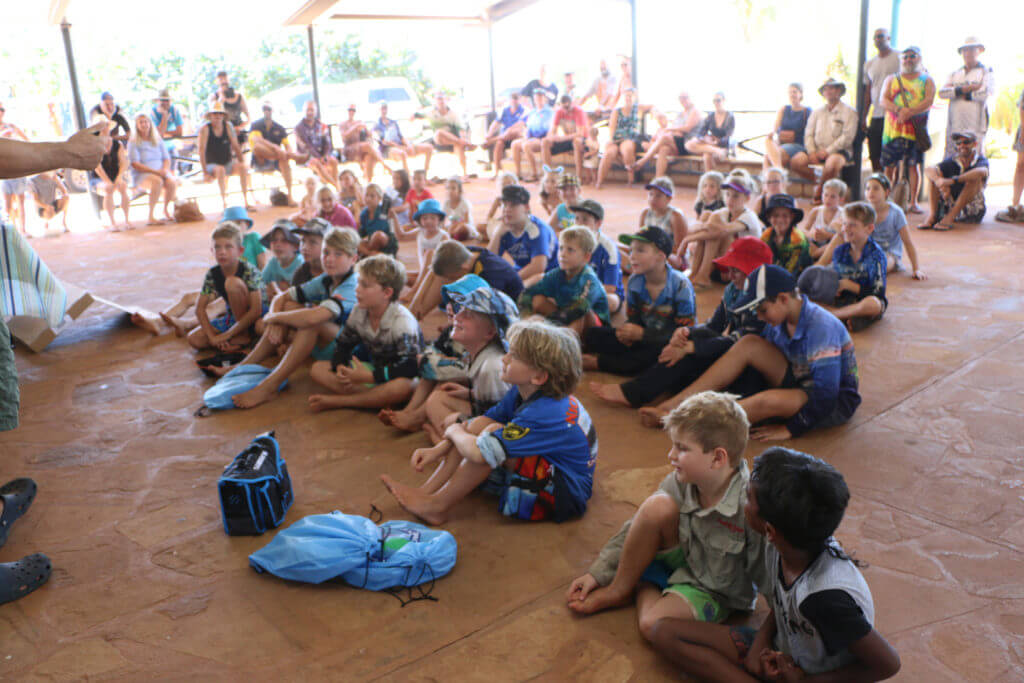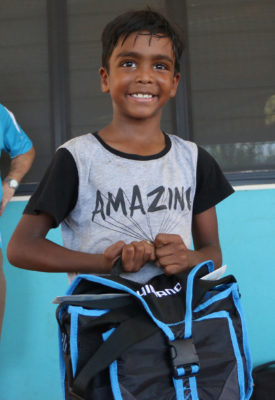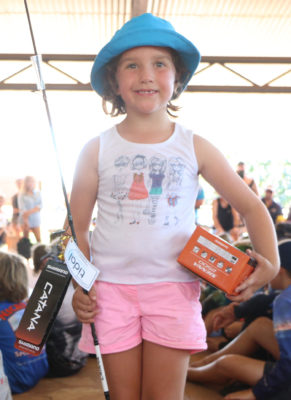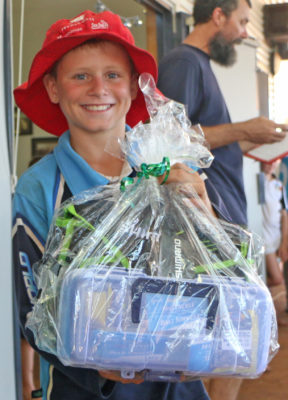Everything about Spanish mackerel screams aggression, speed and strength.
These dynamic pelagics can reach speeds of 50kmh chasing down prey, launch many metres into the air hitting lures and can grow up to 40cm in their first year eventually reaching up to a whopping 50kg!
This combined with their excellent table quality makes it little wonder these amazing fish are such a popular species and were at the forefront of two recent cracking Pilbara fishing events – Munro’s Mack10k run by the Ashburton Anglers Club and King Bay Game Fishing Club’s Dampier Classic.
Due to their fast growth rates and predator-evading speed, Spaniards remain a relatively abundant species in WA.
However, it’s important to keep tabs on mackerel stock numbers as they have declined in other parts of the country, such as in Queensland.
Subsequently, the Recfishwest Fishing for Science team was at both events working with DPIRD research scientist Paul Lewis and fisheries manager Liv Rynvis, collecting biological samples taken from mackerel caught by competitors. In return, the team offered a fileting service for those providing samples from fish they had caught in the competition.
Recfishwest’s Fishing for Science program, supported by Woodside North West, is a community engagement program that enables local communities to better understand scientifically the fish species that underpin prized fishing experiences.
CHECK OUT OUR MACKEREL FACTSHEET BELOW FOR SOME INTERESTNG NUGGETS ABOUT THESE COOL FISH!
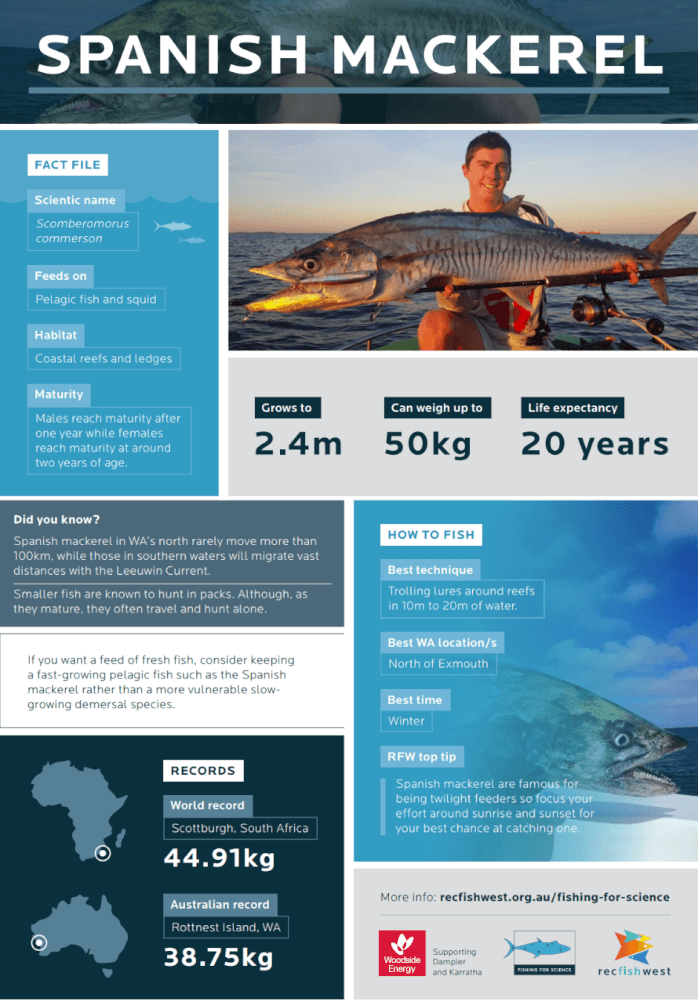
Ageing ear bones
One of the key parts of the fish for Recfishwest Senior Operations Officer Sam Russell and Operations Officer Levi De Boni were their earbones or their “otoliths” to give them their scientific name.
The otoliths when examined under a microscope reveal the age of the fish by displaying growth circles like the rings in a tree. Understanding the age of fish in a population is critical information to ensure they are managed sustainably.
The otoliths and other parts of the fish were provided to DPIRD fisheries scientists to assist in their ongoing stock assessments of Spanish mackerel in WA.
Between them, Sam, Levi, Paul and Liv took the otoliths from 93 mackerel kindly donated by participants in both competitions over the course of six days’ fishing.
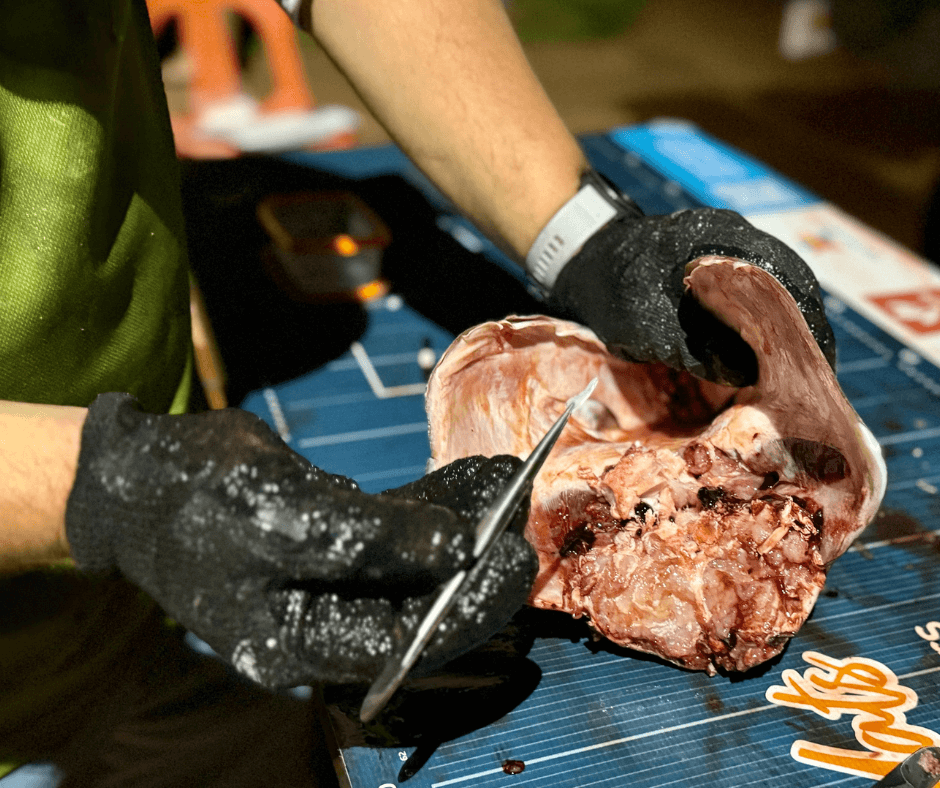
If that didn’t keep the pair of them busy enough, they also managed to squeeze in running a couple of kids fishing clinics at each competition, which went down brilliantly with the kids who took part and their grateful mums and dads.
As Sam reflected, all their efforts were greatly appreciated and welcomed at both events by both clubs.
“It was an absolute pleasure for Levi and I to participate in these events in our Fishing for Science capacity,” said Sam. “They are such well-run events and clearly are a cornerstone of both Dampier and Onslow’s fishing social calendar.
“It was so heartening to get such an enthusiastic response for the sampling work we were doing. We had many good and interesting conversations with the guys and some fascinated kids around the filleting table.
“What really stood out to us was just how much people were interested and cared about the fish they caught – and we just have to give a massive thanks to all who contributed and of course, both Ashburton Anglers and King Bay Game Fishing Club for looking after us so well. We can’t wait to come back next year.”

